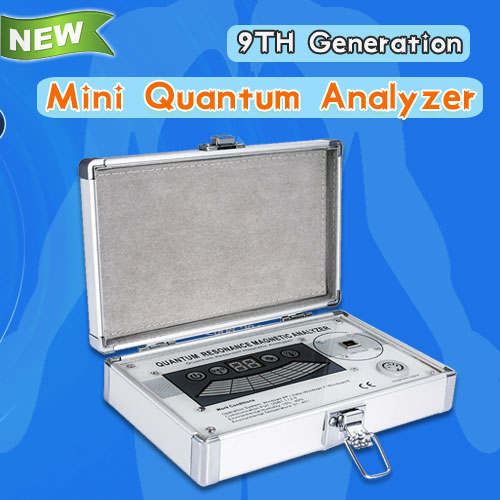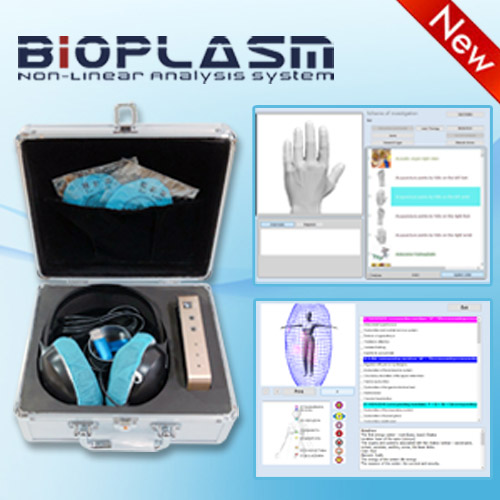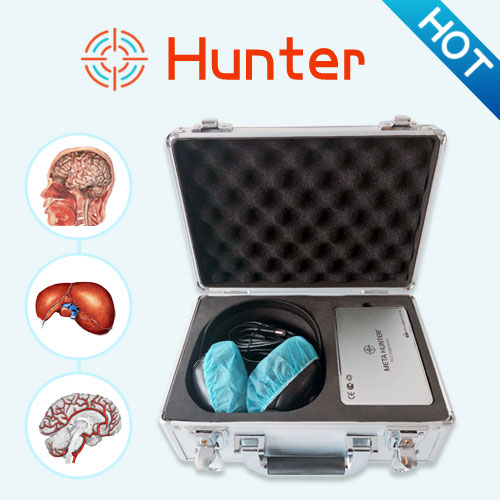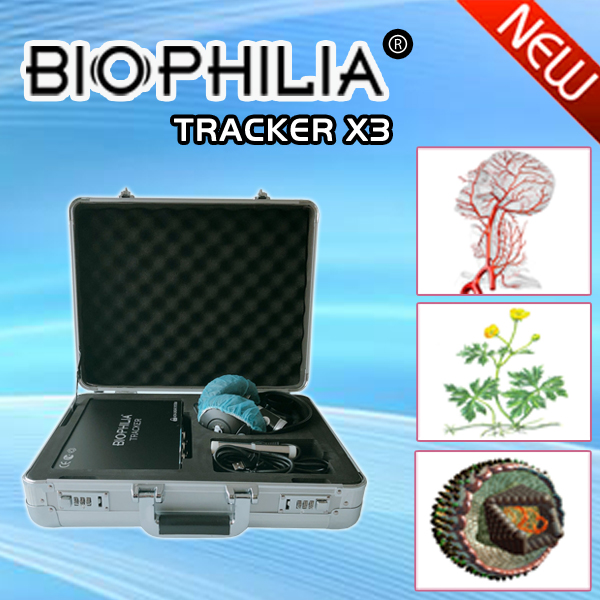Metatron 4025 Hunter Is The Suitable Device For NLS-diagnostics Of Skin Diseases
Wide spread of skin diseases dictates a necessity in early and maximum accurate diagnostics, because severe forms of skin diseases decrease greatly quality of life of a patient and his family, promote development of a psychosomatic disorders. Visual evaluation of symptoms and severity of a disease often has subjective nature.
From histological point of view skin consists of two layers: epidermis and derma which are closely connected. On histological cross-cuts of skin a line between epidermis and derma looks uneven due to presence of many dermal papillae divided by outgrowths of epidermis. Epidermis consists of several layers: basal, spinous, granular and horny. In epidermis of palms and feet, between granular and horny layers there is additional layer – stratum lucidum. Sometimes the aggregate of basal, spinous and granular layers is called a malpighian layer.
Derma is a connective basis of skin, where perspiratory and sebaceous glands, blood and lymph vessels, nerves and smooth muscles are located. There are papillary and reticular layers of derma. Papillary layer, located under epidermis, and a part of reticular layer conditionally form upper derma; layer of derma located at the level of pilosebaceous unit is indicated as middle derma; the underlying layer containing perspiratory glands, bordering subcutaneous fat, is called a deep derma.
Blood vessels of skin form two anatomic plexuses: a deep one, located next to subcutaneous fat, and a superficial one, located in sub-papillary layer. They consist of microcirculatory bloodstream vessels: arterioles, venules and capillary tubes.
Total thickness of skin without subcutaneous fat varies from bits of a millimeter to 4 mm.
Exiting systems for NLS-diagnostics are equipped with high-frequency linear generators (1.4 GHz) allowing to visualize the most superficial structures, in particular skin. However to evaluate condition of ultrafine structures of skin such frequency is not enough sometimes. That is why dermatologists started to use special devices with sensors of 40 GHz operating frequency, which allow to see the finest structures of skin layers down to the level of large carbohydrate molecules and peptides. But at the same time due to significant cost of such equipment if becomes unaffordable for wide application in the majority of clinics. Taking into account a need in evaluation of regional lymph nodes and tumors of soft tissues, apparently the optimal decision is to use devices for non-linear diagnostics equipped with non-linear sensors of 4.9 GHz operating frequency (Metatron 4025 Hunter).
This article is provide from [Metatron 4025 hunter],please indicate the source address reprinted:http://www.healthycarer.com/news/nls-knowledge/1640.html






